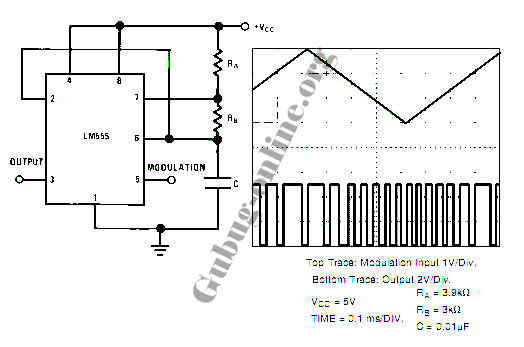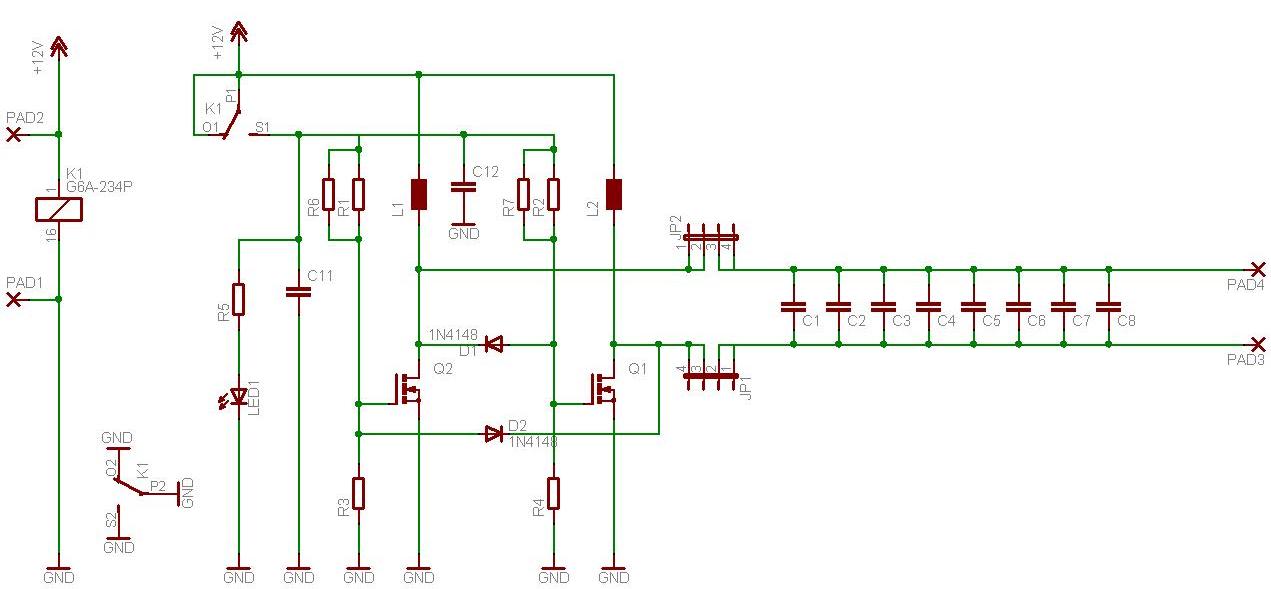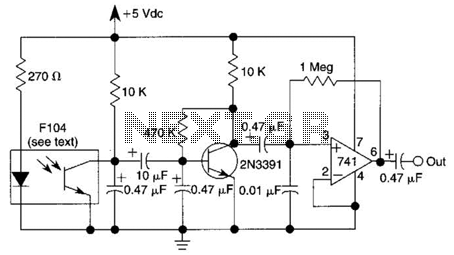
mixer circuit

This simple circuit combines two or more audio channels into a single channel (for example, converting stereo to mono). The circuit is capable of mixing any number of channels and operates with minimal power consumption. While the schematic illustrates two inputs, additional channels can be incorporated by replicating the clearly defined sections present in the design.
The audio mixer circuit is designed to facilitate the integration of multiple audio sources into a single output, making it particularly useful in applications where space and power efficiency are critical. The fundamental operation of the circuit relies on summing the input signals through resistive mixing, thereby ensuring that the combined output maintains the integrity of the original audio signals while preventing distortion.
The schematic typically includes operational amplifiers (op-amps) which serve as the core components for signal mixing. Each input channel is connected to a resistor that limits the amplitude of the signal, preventing any single channel from overpowering the others. These resistors are crucial for maintaining a balanced mix, and their values can be adjusted based on the desired output levels.
In the case of two input channels, the output from each op-amp is fed into a summing junction, where the signals are combined. For additional channels, the same configuration can be replicated; each new channel would include its own op-amp and resistive network. This modular approach allows for easy expansion of the mixer to accommodate varying numbers of audio inputs.
Power consumption is minimized through the use of low-power op-amps and efficient circuit design, making this mixer suitable for battery-operated devices or applications where power efficiency is paramount. The final output can be routed to a speaker or further processed by additional audio equipment, ensuring versatility in audio applications.
Overall, this circuit provides a flexible and efficient solution for mixing audio signals, catering to a range of applications from simple home audio systems to more complex professional audio setups.This simple circuit mixes two or more channels into one channel (eg. stereo into mono). The circuit can mix as many or as few channels as you like and consumes very little power. The mixer is shown with two inputs, but you can add as many as you want by just duplicating the "sections" which are clearly visible on the schematic. 🔗 External reference
The audio mixer circuit is designed to facilitate the integration of multiple audio sources into a single output, making it particularly useful in applications where space and power efficiency are critical. The fundamental operation of the circuit relies on summing the input signals through resistive mixing, thereby ensuring that the combined output maintains the integrity of the original audio signals while preventing distortion.
The schematic typically includes operational amplifiers (op-amps) which serve as the core components for signal mixing. Each input channel is connected to a resistor that limits the amplitude of the signal, preventing any single channel from overpowering the others. These resistors are crucial for maintaining a balanced mix, and their values can be adjusted based on the desired output levels.
In the case of two input channels, the output from each op-amp is fed into a summing junction, where the signals are combined. For additional channels, the same configuration can be replicated; each new channel would include its own op-amp and resistive network. This modular approach allows for easy expansion of the mixer to accommodate varying numbers of audio inputs.
Power consumption is minimized through the use of low-power op-amps and efficient circuit design, making this mixer suitable for battery-operated devices or applications where power efficiency is paramount. The final output can be routed to a speaker or further processed by additional audio equipment, ensuring versatility in audio applications.
Overall, this circuit provides a flexible and efficient solution for mixing audio signals, catering to a range of applications from simple home audio systems to more complex professional audio setups.This simple circuit mixes two or more channels into one channel (eg. stereo into mono). The circuit can mix as many or as few channels as you like and consumes very little power. The mixer is shown with two inputs, but you can add as many as you want by just duplicating the "sections" which are clearly visible on the schematic. 🔗 External reference





